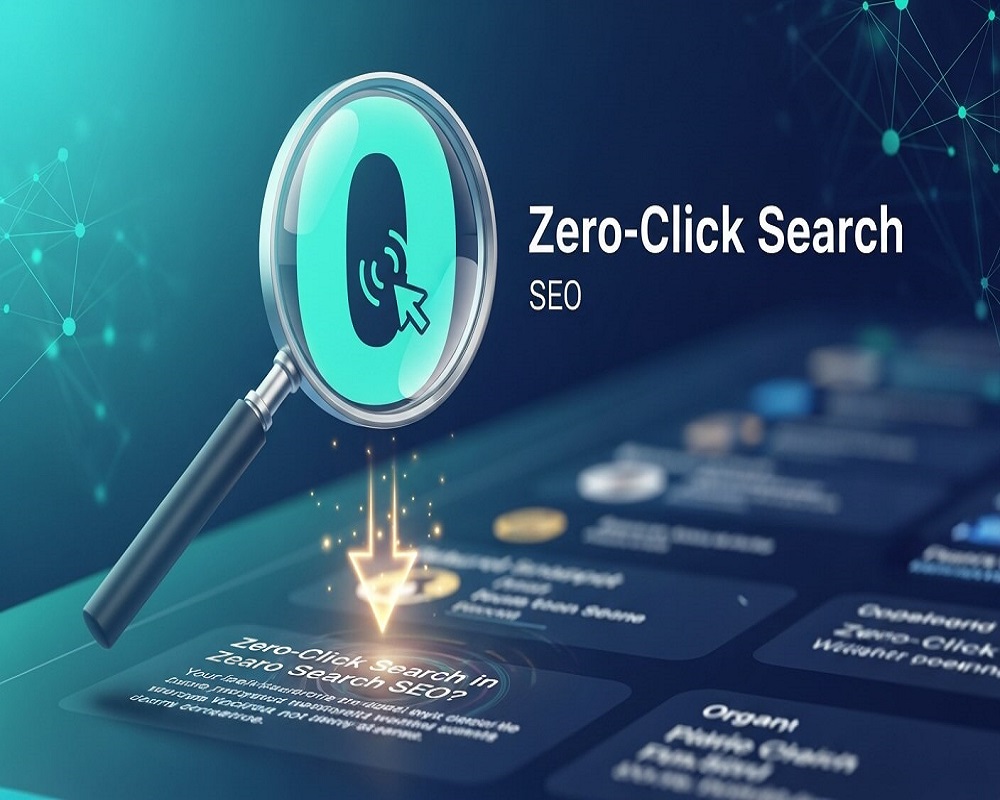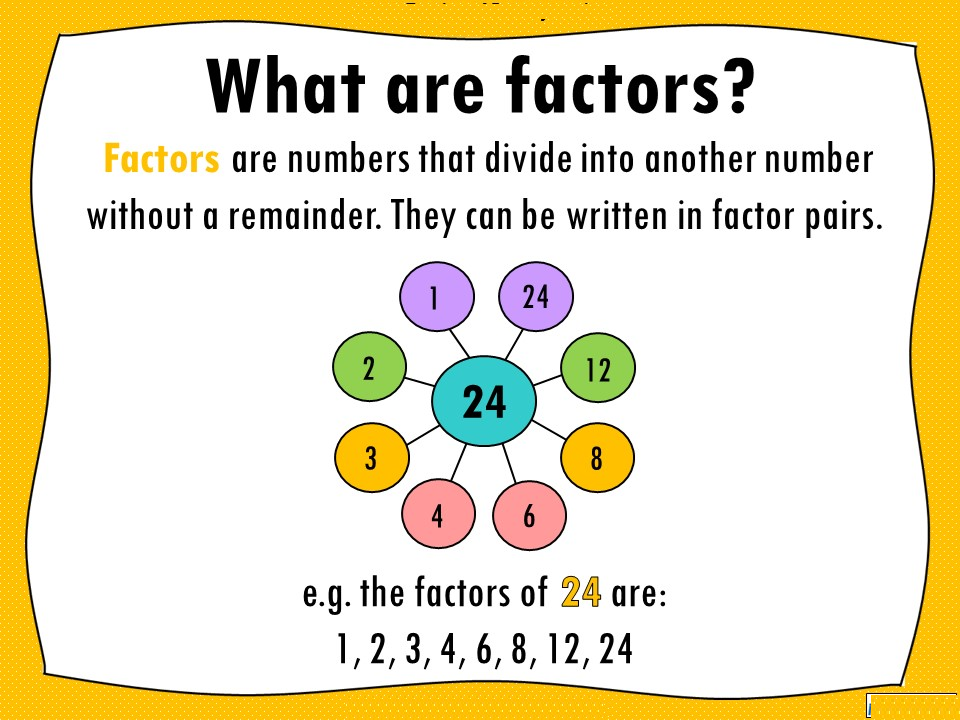Introduction to Zero-Click Search
In the dynamic world of search engine optimization (SEO), zero-click searches have emerged as a transformative force reshaping how users interact with search engines and how businesses approach visibility. As of 2025, with Google’s algorithms prioritizing user experience and instant answers, zero-click searches—where users find information directly on the search engine results page (SERP) without clicking through to a website—account for a significant portion of search traffic. Industry studies estimate that over 50% of Google searches now end without a click, with some reports citing figures as high as 65% for mobile queries. This shift challenges traditional SEO strategies, which have long relied on driving clicks to websites for traffic and conversions.
Why does zero-click search matter? For website owners, bloggers, and marketers, it signals a need to adapt to a landscape where visibility on the SERP itself is as critical as driving traffic. Zero-click searches reflect Google’s mission to deliver quick, reliable answers, often through features like featured snippets, knowledge panels, and instant answer boxes. While this can reduce direct traffic, it also opens opportunities to gain brand exposure and establish authority in new ways. This comprehensive guide explores the mechanics of zero-click search, its impact on SEO, and actionable strategies to thrive in this evolving environment, ensuring your content aligns with user needs and search engine priorities.
Understanding Zero-Click Search: Definition and Mechanics
Zero-click search occurs when a user’s query is answered directly on the SERP, eliminating the need to visit an external website. For example, searching “weather in New York” displays a forecast card, or “how to tie a tie” yields a step-by-step snippet. These results are powered by Google’s AI-driven features, including featured snippets, knowledge graphs, “People Also Ask” (PAA) boxes, and local packs, which pull data from indexed pages, structured data, or Google’s internal systems.
The rise of zero-click searches ties to Google’s focus on user intent and efficiency. In 2025, advancements in natural language processing (NLP) and multimodal AI, like Google’s Gemini models, enable more precise extraction of answers from web content. Zero-click results are most common for informational queries (e.g., “what is photosynthesis”), where users seek quick facts, but they also appear in navigational, commercial, and transactional searches through rich results like product carousels or map packs.
From an SEO perspective, zero-click searches reduce click-through rates (CTR) to websites but increase impressions. A 2024 study found that featured snippets alone capture 35% of clicks for their queries, while zero-click results dominate mobile searches due to smaller screens and faster user needs. Understanding these mechanics is crucial for adapting strategies to prioritize SERP visibility and indirect benefits like brand awareness.
Why Zero-Click Searches Are Growing in 2025
Several factors drive the growth of zero-click searches. First, user behavior has shifted toward instant gratification, especially on mobile devices, which account for over 60% of global searches. Mobile users favor quick answers over navigating multiple pages. Second, Google’s algorithm updates emphasize EEAT (experience, expertise, authoritativeness, trustworthiness), rewarding content that provides concise, reliable information for SERP features.
Third, technological advancements play a role. Google’s ability to parse complex queries and extract precise answers has improved, thanks to tools like BERT and MUM, which understand context and intent. Features like knowledge panels, which aggregate data from trusted sources, and AI-generated overviews further reduce the need for clicks. Finally, competition for SERP real estate has intensified, with businesses and publishers optimizing for rich results, amplifying zero-click trends.
This growth impacts all industries, but especially those reliant on informational content, such as education, health, and news. For example, a health blog might lose traffic if its content is summarized in a snippet, yet gain authority if consistently featured. Adapting to this reality requires rethinking SEO goals beyond clicks.
The Impact of Zero-Click Search on Traditional SEO
Zero-click searches challenge traditional SEO metrics like organic traffic and CTR. Historically, SEO focused on ranking high to drive clicks, but with zero-click results, a top position might yield impressions without visits. This can lower direct conversions but increase brand exposure, as users associate your site with authoritative answers.
For instance, a featured snippet may reduce clicks by 20-30% compared to a standard organic result, but it boosts visibility, with studies showing a 10% increase in brand recall for snippet-featured brands. Local businesses face similar dynamics; a Google Maps pack might answer a query like “coffee shops near me” without driving users to a website, yet it can increase foot traffic.
The shift demands a focus on new KPIs: impressions, snippet appearances, and engagement with SERP features. It also underscores the importance of content that aligns with EEAT, as Google prioritizes trustworthy sources for direct answers. Publishers must balance creating clickable content with optimizing for SERP features to maximize both visibility and traffic.
Step-by-Step Strategies to Adapt to Zero-Click Search
To thrive in a zero-click world, adopt a strategic approach that blends traditional SEO with SERP feature optimization. Below is a step-by-step guide to adapt your content and technical setup.
Step 1: Conduct Intent-Focused Keyword Research
Start with keyword research tailored to zero-click opportunities. Use tools like Ahrefs or Semrush to identify high-volume informational queries, such as “what is,” “how to,” or “best” questions, which often trigger snippets or PAA boxes. For example, “what is zero-click search” might yield a definition snippet, while “best SEO tools 2025” could trigger a listicle result.
Analyze search intent to target queries where users seek quick answers. Long-tail keywords (e.g., “how to optimize for zero-click search in SEO”) are prime candidates. Use Google’s autocomplete and PAA sections to uncover related questions, ensuring your content addresses a broad semantic field.
Step 2: Optimize for Featured Snippets
Featured snippets—paragraphs, lists, tables, or videos displayed at the top of SERPs—are prime zero-click real estate. To capture them, structure content to directly answer queries. For paragraph snippets, use concise 40-60 word answers immediately following the question in your text. For lists, use ordered or unordered HTML lists with clear subheadings. Tables work well for data-driven queries like “SEO statistics 2025.”
Place the answer near the page’s top, ideally within the first 100 words, and use the exact query phrasing. For example, to target “what is zero-click search,” start with: “Zero-click search is when users find answers directly on the SERP without clicking a website.” Studies show pages in positions 1-5 have a 70% chance of snippet inclusion, so aim for top rankings with high-quality content.
Step 3: Leverage Structured Data for Rich Results
Structured data (schema markup) helps Google understand your content, increasing chances of appearing in knowledge panels, carousels, or other rich results. Use JSON-LD to implement schemas like Article, FAQ, HowTo, or Product. For instance, FAQ schema can trigger PAA boxes, while HowTo schema suits step-by-step guides.
Validate your schema with Google’s Rich Results Test to ensure compatibility. A case study showed that adding FAQ schema increased SERP visibility by 15% for informational pages. Focus on entities (e.g., “SEO,” “Google,” “featured snippet”) to enhance semantic relevance.
Step 4: Create Concise, Authoritative Content
Content for zero-click searches must be clear, factual, and EEAT-compliant. Demonstrate expertise by citing credible sources, such as industry reports or expert quotes, and include author bios with qualifications. For example, a finance article should reference data from reputable institutions and avoid unsubstantiated claims.
Use a direct, scannable format with short paragraphs, bullet points, and subheadings (H2, H3) to align with Google’s snippet extraction. Answer questions explicitly, mirroring user intent. For evergreen topics, update content regularly—Google favors fresh, relevant information for zero-click features.
Step 5: Optimize for Local and Mobile Searches
Local queries often result in zero-click outcomes via map packs or business profiles. Optimize your Google Business Profile with accurate details, high-quality images, and regular posts. Encourage reviews to boost trustworthiness, as Google prioritizes profiles with strong engagement.
Since mobile drives most zero-click searches, ensure your site is mobile-friendly, with responsive design and fast load times (under 2 seconds). Test with Google’s Mobile-Friendly Tool and optimize Core Web Vitals to reduce bounce rates, which indirectly supports SERP feature eligibility.
Step 6: Target “People Also Ask” and Related Questions
PAA boxes expand on initial queries, offering additional zero-click opportunities. Identify PAA questions via tools like AnswerThePublic or by analyzing SERPs. Create dedicated sections in your content to answer these, using question-based subheadings (e.g., “Why Are Zero-Click Searches Increasing?”) followed by concise responses.
Link internally to related content to build topical clusters, reinforcing authority. For example, a page on zero-click search could link to articles on featured snippets or schema markup, creating a semantic network that boosts visibility.
Step 7: Monitor and Iterate with Analytics
Track zero-click performance using Google Search Console, which reports impressions and clicks for snippets, PAA, and other features. In Google Analytics, segment organic traffic to identify SERP-driven engagement (e.g., “google / organic” referrals). Look for patterns in high-performing content, such as question-based queries or list formats, and replicate them.
A/B test snippet optimizations, like varying answer lengths or headline structures, to maximize appearances. Since zero-click trends evolve, regularly audit your content to align with algorithm updates and user behavior shifts.
Building Topical Authority for Zero-Click Success
To excel in zero-click SEO, establish topical authority through comprehensive content clusters. Create a pillar page on your core topic (e.g., “Zero-Click Search in SEO”) and support it with cluster pages covering related entities like “featured snippets,” “knowledge graphs,” or “local SEO.” Internal linking strengthens this structure, signaling depth to search engines.
Use semantic tools like MarketMuse to identify gaps in entity coverage. For instance, a zero-click-focused site should address subtopics like “SERP features,” “user intent,” and “AI in search.” This approach, rooted in advanced SEO frameworks, can double organic impressions by outranking competitors on related queries.
Case Studies and Real-World Examples
A tech blog targeting “what is 5G technology” optimized for a paragraph snippet by placing a 50-word definition at the page’s top, resulting in a 25% impression increase despite fewer clicks. Another example: a local restaurant updated its Google Business Profile with daily specials, appearing in map packs for “best brunch near me,” driving foot traffic without website visits.
These cases highlight the dual goal: maximize SERP visibility while maintaining pathways to clicks through compelling CTAs or unique content not fully answered on the SERP.
Common Pitfalls and How to Avoid Them
Avoid over-optimizing for snippets at the expense of depth—thin content risks losing rankings. Don’t rely solely on zero-click features; balance with strategies to drive clicks, like engaging headlines or exclusive insights. Ensure EEAT compliance by avoiding unverified claims, especially in sensitive niches like health or finance, to prevent penalties.
High-Volume Questions About Zero-Click Search
1.What is a zero-click search in SEO?
A zero-click search occurs when a user’s query is answered directly on the SERP, like in a featured snippet or knowledge panel, without needing to click through to a website.
2.Why are zero-click searches increasing?
They’re driven by user demand for instant answers, mobile usage, and Google’s AI improvements, which prioritize quick, reliable information via SERP features.
3.How do zero-click searches affect website traffic?
They reduce clicks but increase impressions, potentially lowering direct traffic while boosting brand exposure and authority.
4.Can I optimize my site for zero-click searches?
Yes, target featured snippets, use structured data, and create concise, authoritative content aligned with user intent.
5.What types of queries trigger zero-click searches?
Informational queries (e.g., “what is,” “how to”) and local searches often yield zero-click results like snippets, PAA boxes, or map packs.
6.How do featured snippets relate to zero-click search?
Featured snippets are a primary zero-click feature, displaying answers directly on the SERP, capturing significant visibility but fewer clicks.
7.Should I avoid optimizing for zero-click searches?
No, embrace them for exposure, but balance with strategies to drive clicks, like unique content or strong CTAs.
8.How does structured data help with zero-click searches?
Schema markup clarifies content for Google, increasing chances of appearing in rich results like FAQs or product carousels.
9.Are zero-click searches bad for SEO?
Not inherently—they reduce traffic but enhance visibility. Adapt by targeting SERP features and building authority.
10.How can I track zero-click search performance?
Use Google Search Console for impressions and snippet data, and Google Analytics to analyze organic engagement patterns.
Conclusion: Thriving in a Zero-Click World
Zero-click searches are reshaping SEO, prioritizing instant answers and SERP visibility over traditional click-driven metrics. By optimizing for featured snippets, structured data, and mobile-friendly content, you can capture valuable impressions while maintaining pathways to website traffic. Building topical authority through semantic content clusters and adhering to EEAT principles ensures long-term success. In 2025, adapting to zero-click search isn’t just an option—it’s a necessity for staying competitive in the evolving search landscape. Embrace these strategies to turn zero-click challenges into opportunities for growth and influence.
Saad Raza is an SEO specialist with 7+ years of experience in driving organic growth and improving search rankings. Skilled in data-driven strategies, keyword research, content optimization, and technical SEO, he helps businesses boost online visibility and achieve sustainable results. Passionate about staying ahead of industry trends, Saad delivers measurable success for his clients.





